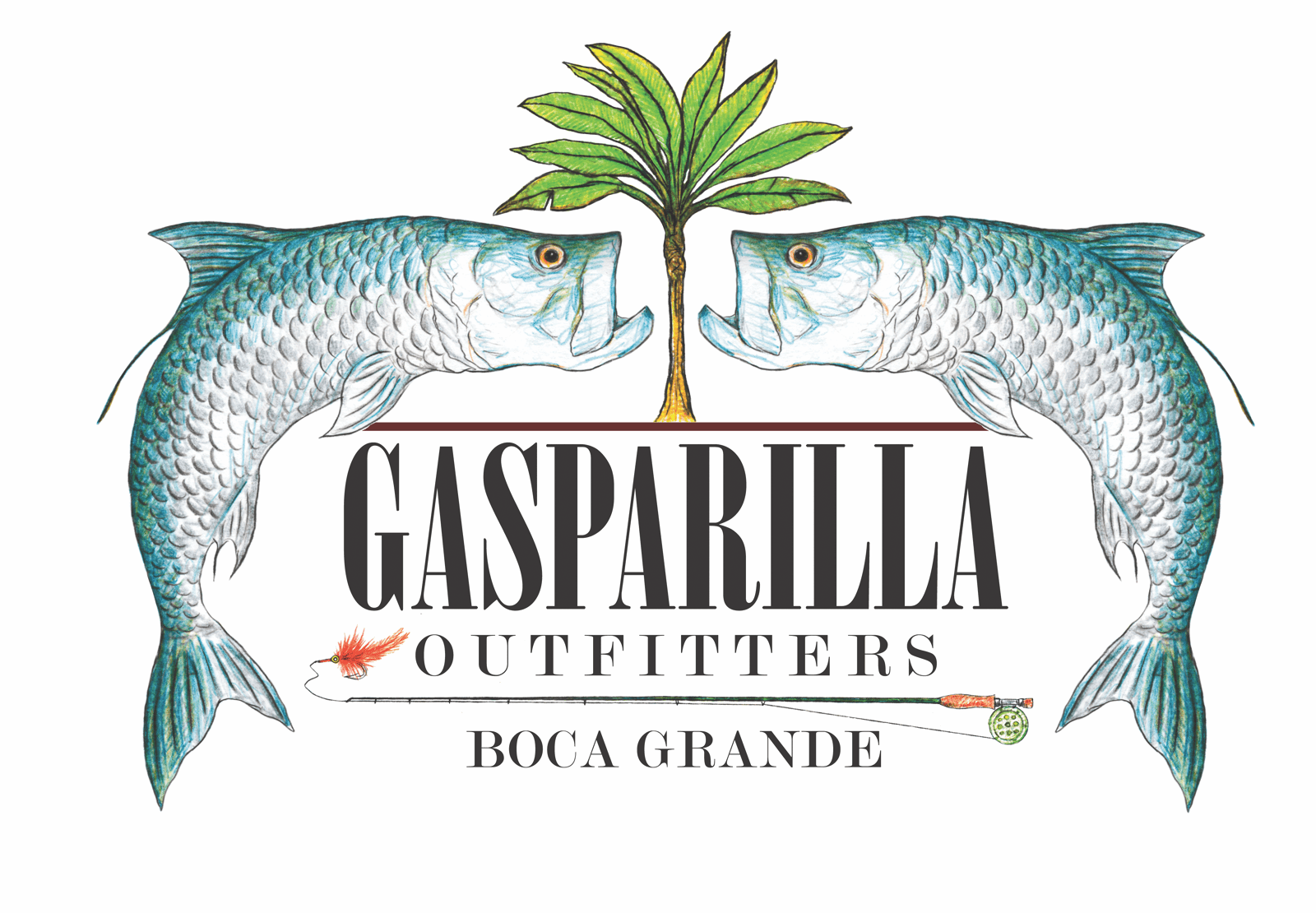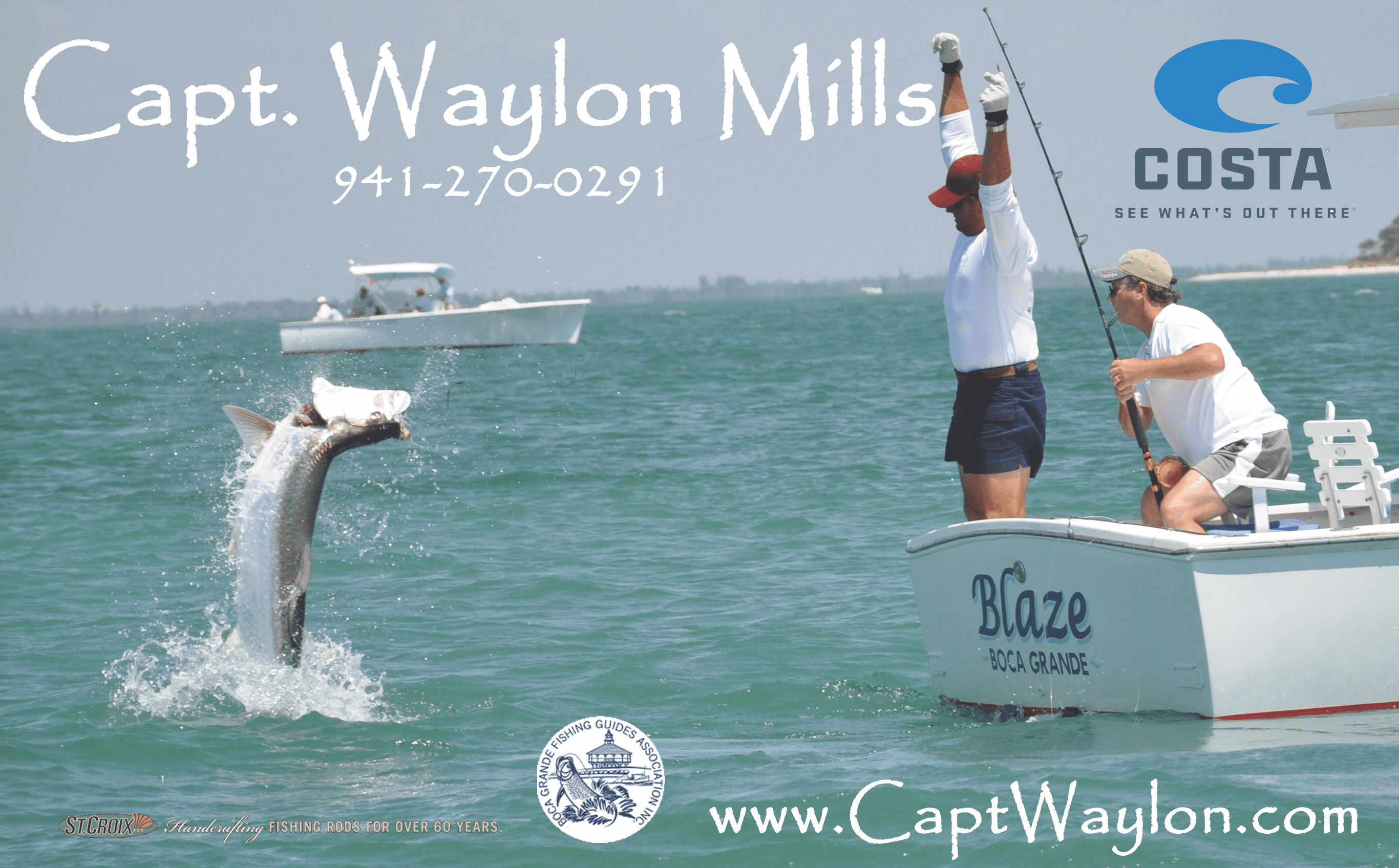A young conservationist’s ideas on keeping nests safe
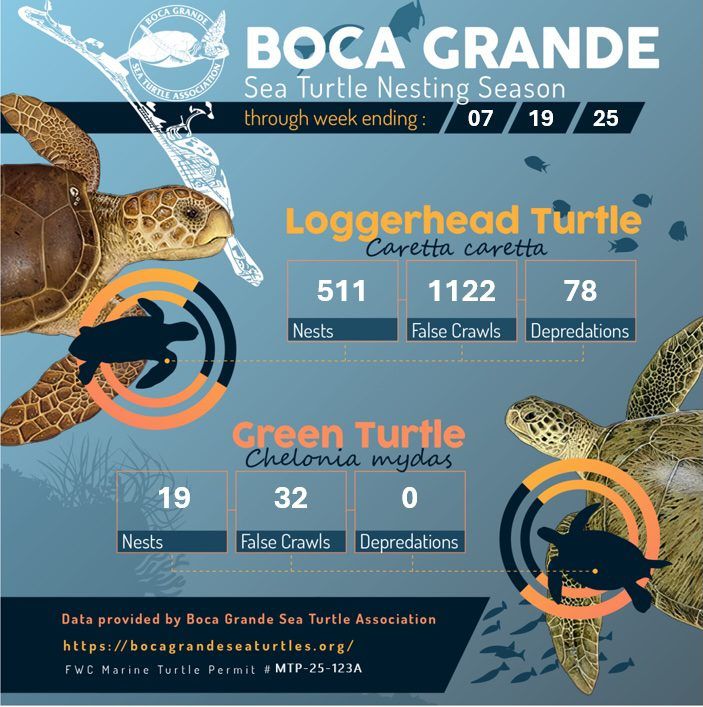
BY ARLENE HALL, BGSTA SECRETARY
My grandkids from Kansas were visiting for the past couple weeks, and one of the highlights is having them join me for turtle patrol early in the morning. OK, it’s one of my highlights; most days they would prefer a pre-breakfast dip in the pool over a pre-breakfast two-mile hike on the beach unless, of course, there is a scheduled excavation where there is a chance they’d see a live hatchling. At any rate, one morning on patrol we came across a nest that had been predated by a coyote. Now, the kids live on a horse farm and are quite used to dealing with coyotes and foxes preying on the chickens, ducks, and other assorted small creatures they raise. They know about taking measures to protect those animals and they are born problem solvers.
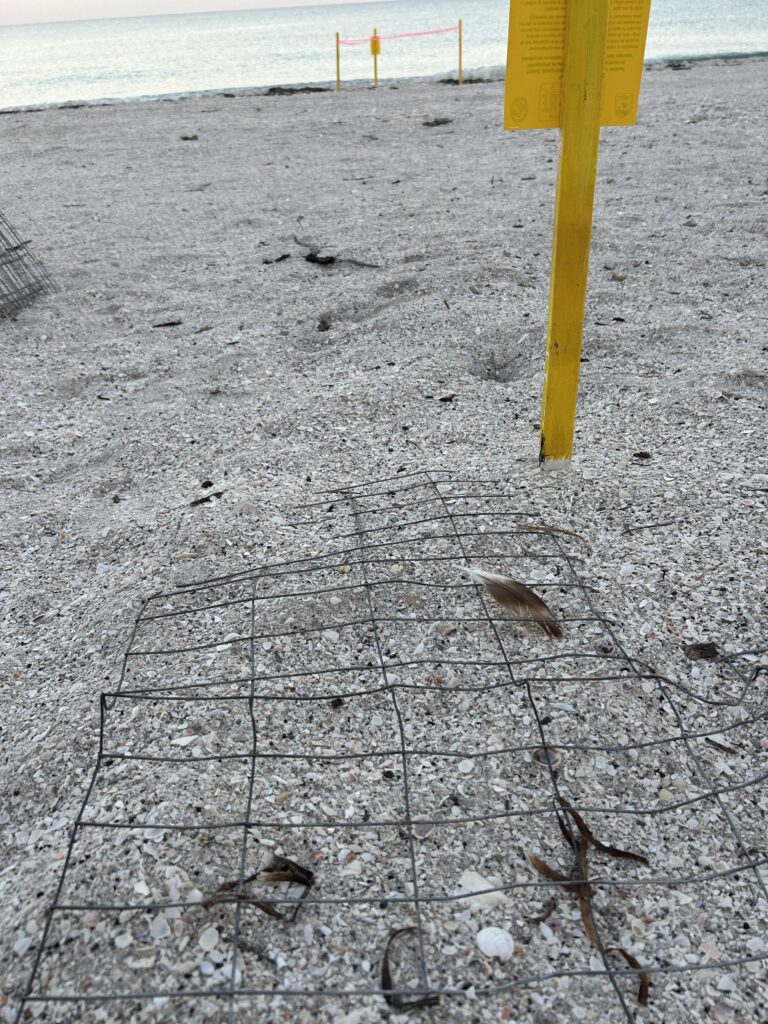
Max, age seven, thought it would be safer for the sea turtle eggs if the mother turtle stayed around to protect the nest from predators. When I explained that she couldn’t sit on the nest like birds do because she is a sea turtle and needed to get back to the water to survive, he suggested a babysitter would be in order. Trystan, age 11 going on 25, pointed out to her brother that I and my fellow turtle patrollers are the babysitters for all the nests, watching over them and doing what we can to keep them safe so they can hatch, much like their babysitter watches over them when their mom is away. She’s a sharp one, that girl.
After I cleaned up the predated nest and placed a 3’ x 3’ metal screen over it, positioning it so that it would keep mammalian predators out while still allowing hatchlings to pass through it, we moved on down the beach. Max, however, was still working to find a better solution than screening after a predation. He asked, “Why don’t you just screen all the nests before a coyote digs into it?” This is a question we also frequently hear from people on the beach who are distressed to see predated nests and it’s an issue we agonize over every season. The reality is, we don’t have enough financial or human resources to screen every nest.
The cost is one factor. To cover all 530 nests to date, we’d need $1700 just for those, not to mention the new nests still being laid. One roll of metal screening costs $52 and after it is cut to size, it can cover only 16 nests. The other factor is the time and effort our volunteers must put in when screening nests; this includes hauling screens down the beach, as well as placing and staking them. In our busiest zones in northern Lee County, we use the ATV most days, which does makes it easier to carry more screens with us, but it’s not possible to use the ATV for the entire island or on days when the beach conditions aren’t favorable.
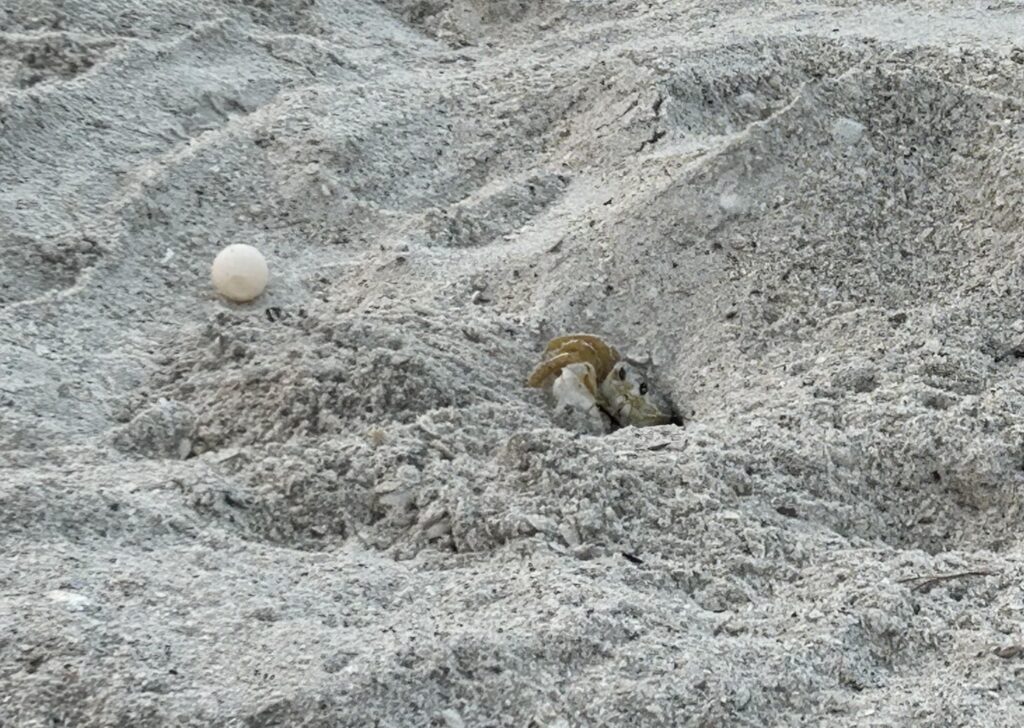
Some homeowners between 29th St and 45th St have graciously offered to let us keep some screens on their property so we can access them if we need extra screens while patrolling on the beach, but that’s not possible for other areas on the island. In most zones, patrollers must hand-carry several screens with them each day. They are quite cumbersome and heavy, and I think all of us are sporting painful scratches from them bumping our legs as we walk. The additional tasks involved with properly placing and staking screens also take time, and when some volunteers are already out in their zones for two or more hours this time of year, it becomes more of a physical burden than it is worth.
Based on experience, we know not all nests will get predated and the heaviest predator activity tends to be clustered in widely scattered areas, so we take a more strategic approach. We do screen all new nests in two zones where coyotes have been most active, and thankfully this limited approach has helped minimize the overall number of nests being predated.
Coyotes continue to be the main mammalian predator we see this season. In fact, when we could identify the tracks of the predator, coyotes have been identified in 94 percent of the predations to date. Bobcats get in on the action, too, but only about four percent of the time. Both predators can destroy quite a few eggs in each nest, often several dozen at a time. On occasion, they can destroy all the eggs in a nest. The predation statistics reported by BGSTA in each week’s Boca Beacon only include mammalian predations in which the eggs were impacted; sometimes predators will start to dig but don’t actually reach the nest before they stop and move on.
Ghost crabs are also very common predators of sea turtle eggs and hatchlings, identified as the culprits in almost 10 percent of our predations to date. Ghost crabs will usually destroy less than five eggs, often only one or two. Screening won’t keep ghost crabs out of nests, however, since they can tunnel their way undetected under any screen. Unless the crab has pushed eggs or eggshells out of their sandy holes, we often don’t even know if a ghost crab has predated the nest until we excavate it and find eggs they damaged. On the flip side, while we may see a crab hole at a nest’s location, we sometimes find that the crab didn’t impact the nest at all.
I explained to Max that all of these predators have their special place in the food chain and play a role in the balance of nature. It’s important to remember also that these creatures are only after the sea turtle eggs because they need to eat; they don’t get into nests to be mean. He considered that for a while and then came up with a thoughtful and fair idea: since the coyotes were hungry, we should feed them something else they might like so they won’t want to eat turtle eggs. His suggestion? Steak! If we put a steak on every nest every day, the coyotes will just eat that and won’t need to dig for eggs. Everybody’s happy! Hmmm, we’d probably have to come up with another fundraiser for that one.
From Florida State Parks:
Gasparilla Island: 34 Loggerhead – 2 Green – 114 hatchlings
Cayo Costa: 507 Loggerhead – 13 Green – 6764 hatchlings
Don Pedro: 118 Loggerhead – 42 Green – 2251 hatchlings
Stump Pass: 66 Loggerhead – 1 Green – 658 hatchlings







